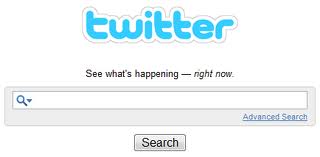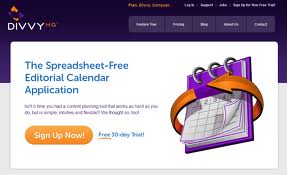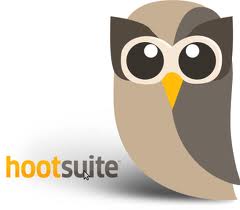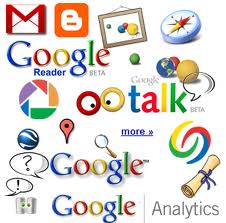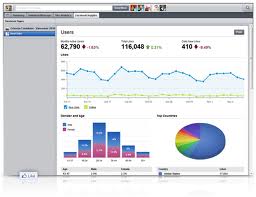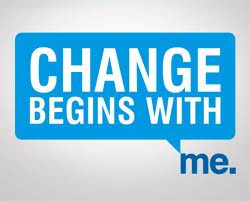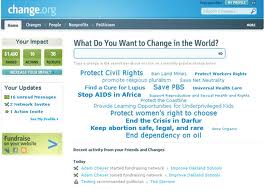 Let me take you back and set the scene. It was Monday, February 13, 2012, which can can only mean one thing at DonorDreams blog — it was “Mondays with Marissa”. On that particular Monday, Marissa wrote a post titled: “Can your non-profit raise $1,000,000 in 24 hours using a crowd funding site?” I have a confession to make this morning. When I was editing that post, I was a little skeptical. I have seen crowdsourcing sites and know they be a powerful fundraising tool for certain types of projects, but I thought $1,000,000 was a bit exaggerated.
Let me take you back and set the scene. It was Monday, February 13, 2012, which can can only mean one thing at DonorDreams blog — it was “Mondays with Marissa”. On that particular Monday, Marissa wrote a post titled: “Can your non-profit raise $1,000,000 in 24 hours using a crowd funding site?” I have a confession to make this morning. When I was editing that post, I was a little skeptical. I have seen crowdsourcing sites and know they be a powerful fundraising tool for certain types of projects, but I thought $1,000,000 was a bit exaggerated.
Apparently, I was wrong and Marissa was more right than I gave her credit for.
A few weeks ago that YouTube video of the bus monitor, Karen Klein, being bullied by middle school children went viral. Almost 8 million people have viewed the video, and every media outlet in America has been all over this story. After hearing the story and viewing the video, a good Samaritan set-up an online campaign using a crowdfunding platform called Indiegogo with the intent of raising enough money to send Karen on a vacation.
As of this morning, the fund sits at $660,756, and I am wondering how close it will come to $1,000,000 before it closes down in 24 days.
 Now please don’t misunderstand me. I am not suggesting that you rip up your organization’s written resource development plan and put all of your fundraising eggs in a crowdfunding basket. Most of the crowdfunding campaigns that I’ve seen raise relatively small amounts of money. This situation was different (e.g. fueled by public outrage, the viral nature of YouTube, and an insane amount of media attention).
Now please don’t misunderstand me. I am not suggesting that you rip up your organization’s written resource development plan and put all of your fundraising eggs in a crowdfunding basket. Most of the crowdfunding campaigns that I’ve seen raise relatively small amounts of money. This situation was different (e.g. fueled by public outrage, the viral nature of YouTube, and an insane amount of media attention).
If you have the same ingredients for a project at your non-profit organization, then by all means double down on a crowdfunding strategy. If not, then I suggest recognizing crowdfunding is a viable fundraising strategy and placing it inside of your already crowded fundraising toolbox. Use that tool whenever the situation warrants it.
So, you’re probably asking: “When might the situation warrant a crowdfunding strategy?”
I believe crowdfunding works for non-profit organizations when they are trying to raise money for a specific project from a specific audience. You may want to go back an re-read Marissa’s February 13th post because it contains a few fantastic pointers. Catherine Clifford at entrepreneur.com wrote a post titled “Want to Raise Money With Crowdfunding? Consider These Tips” that you also may want to check out.
Have you ever used a crowdfunding site to raise money for a non-profit project? If so, please share your experiences and lessons learned in the comment box below. We can all learn from each other.
Here’s to your health!
Erik Anderson
Founder & President, The Healthy Non-Profit LLC
www.thehealthynonprofit.com
erik@thehealthynonprofit.com
http://twitter.com/#!/eanderson847
http://www.facebook.com/eanderson847
http://www.linkedin.com/in/erikanderson847









